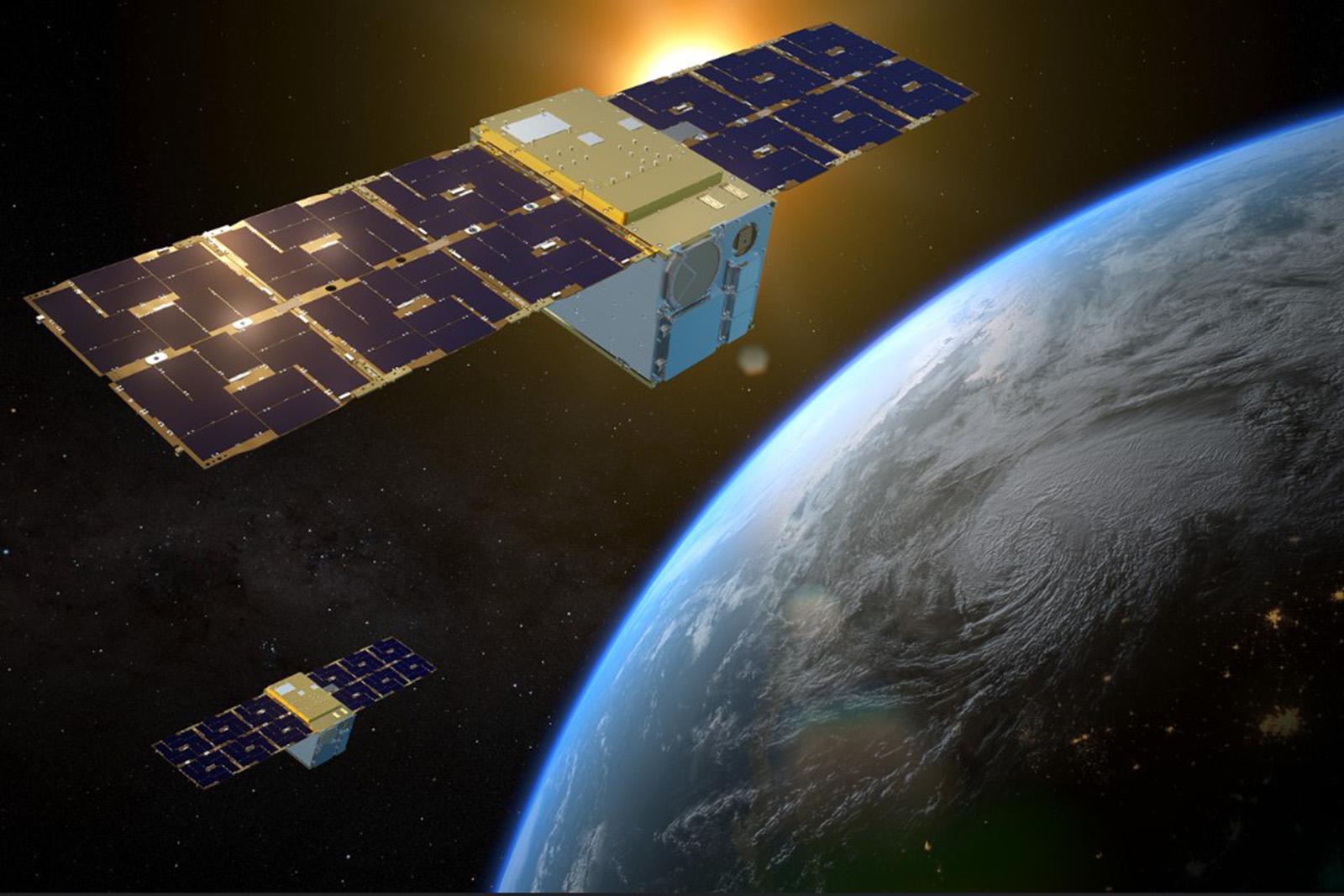
Lockheed wants to show how technology onboard could be used for Joint All Domain Command and Control applications.
COLORADO SPRINGS—Lockheed Martin is pitching the U.S. Air Force and U.S. Space Force on a radio frequency target detection demonstration using its duo of Pony Express 2 technology demonstration satellites and a Lockheed Martin F-35A at the upcoming Northern Edge exercises this summer and fall.
The company launched its Pony Express 2 technology demonstration satellites in March and wants to show how technology onboard spacecraft could be used for Joint All-Domain Command-and-Control applications.
“One of the demos we’re really interested in—and have to get government approval to do—is actually taking [a radio frequency] collector like the F-35 and then pushing that [radio frequency data] up to one of these tactical Pony Express satellites, combining the collect from the [radio frequency] on the satellite as well, and then pushing that down to an Aegis [destroyer],” said Jeff Schrader, Lockheed Martin Space vice president of global situational awareness, at the Space Symposium conference here.
The company could use radio frequencies from the Pony Express 2 satellites and F-35 to characterize a target or triangulate its position, he says. Ultimately, Lockheed Martin aims to show “a maritime, an air and a space asset all working collaboratively together,” Schrader says.
The demonstration satellites can detect L-, S- and C-band radio frequencies. The two spacecraft can communicate with each other using a Ka-band crosslink. Communications with the F-35 and Aegis destroyer would be done on a tactical waveform called “Arachne,” said Jason Eisenreich, director of radio frequency sensing with Lockheed Martin Space.
The Pony Express 2 spacecraft are small, based on 12U cubesat buses made by Terran Orbital, and are intended for demonstration purposes. The development, launch and operation of the satellites is funded by Lockheed Martin. The spacecraft host several technology demonstrators, including autonomous mission tasking software, algorithms that enable formation flying within a few kilometers using an ion propulsion system and the company’s SmartSat program, which allows third-party software to be uploaded to the satellite after launch.





